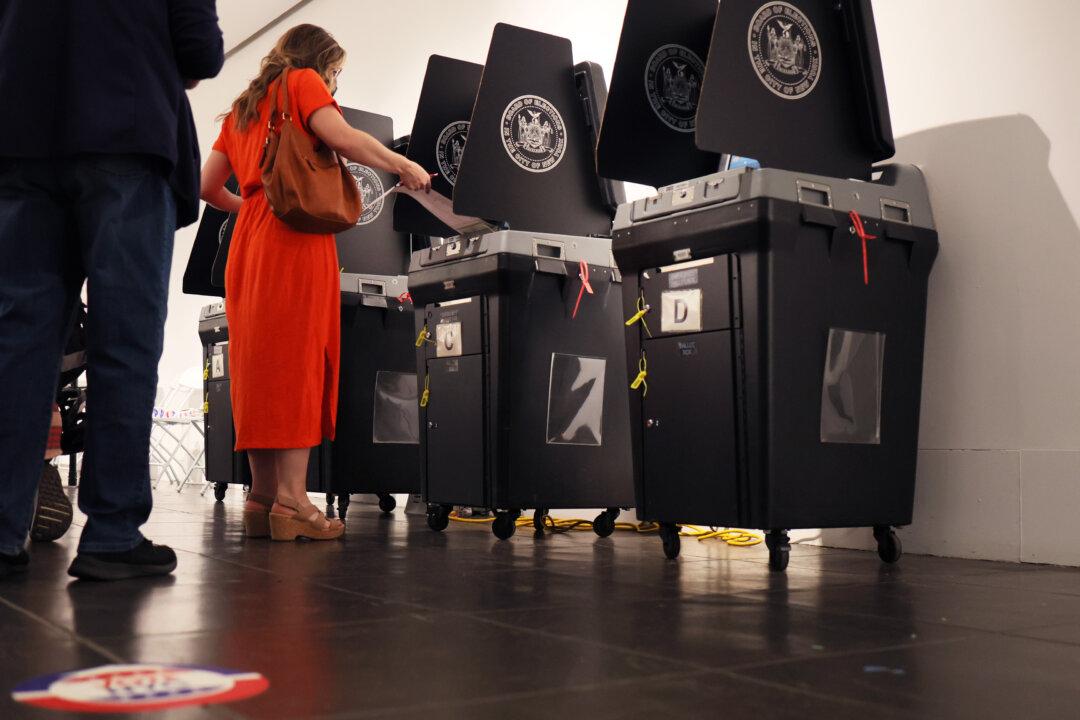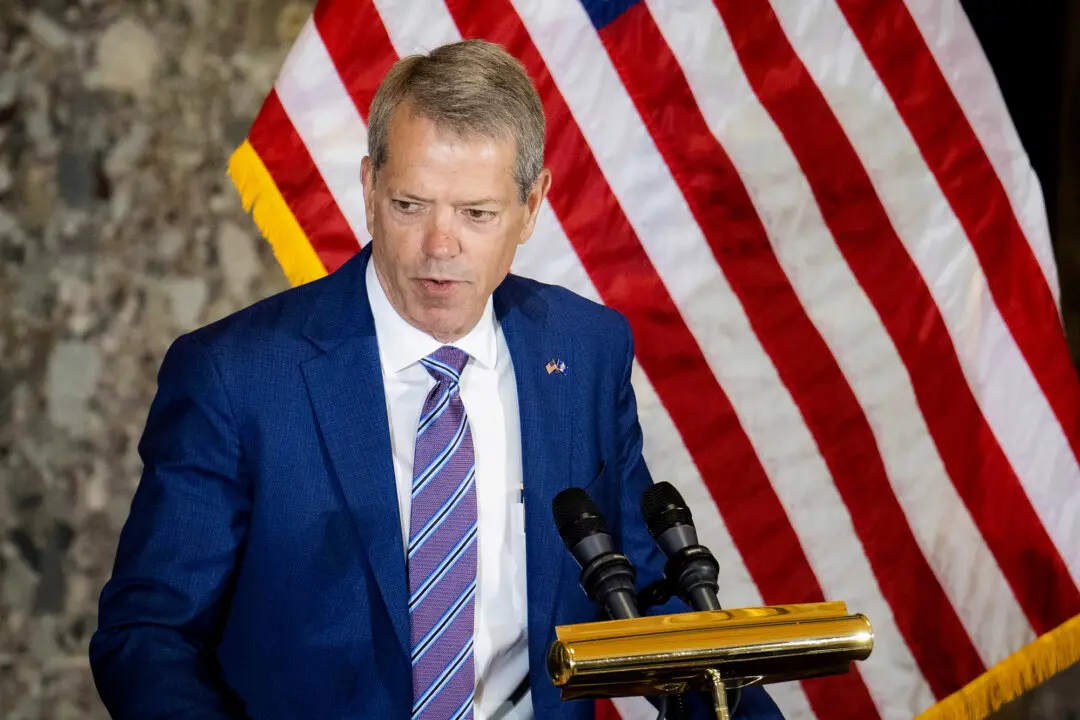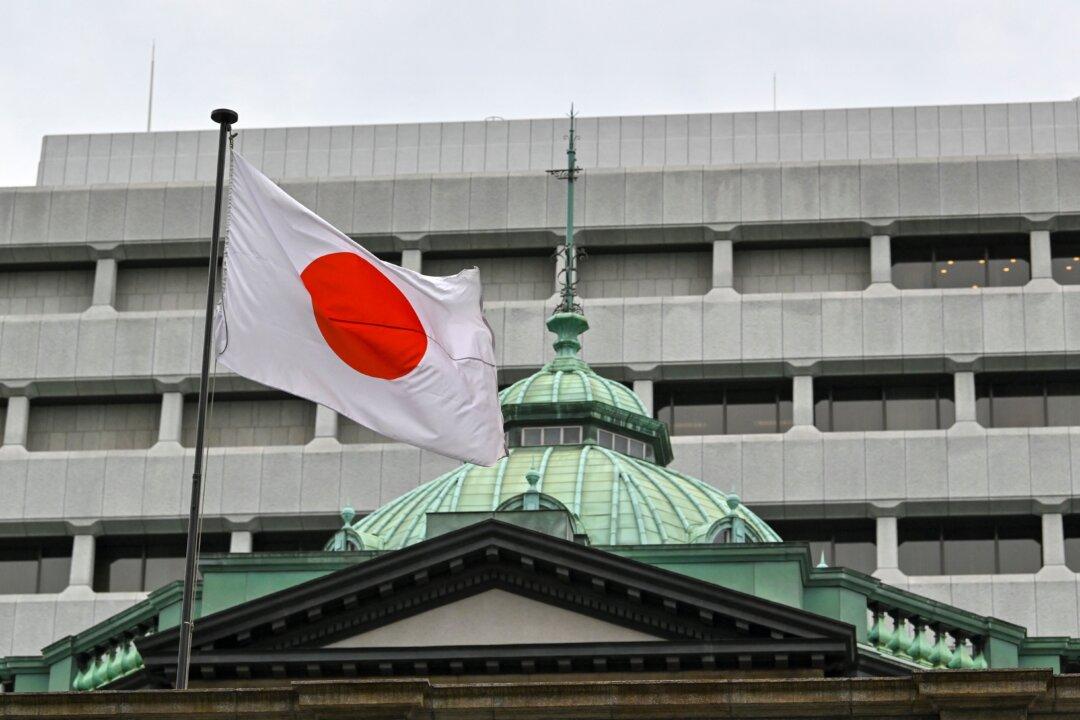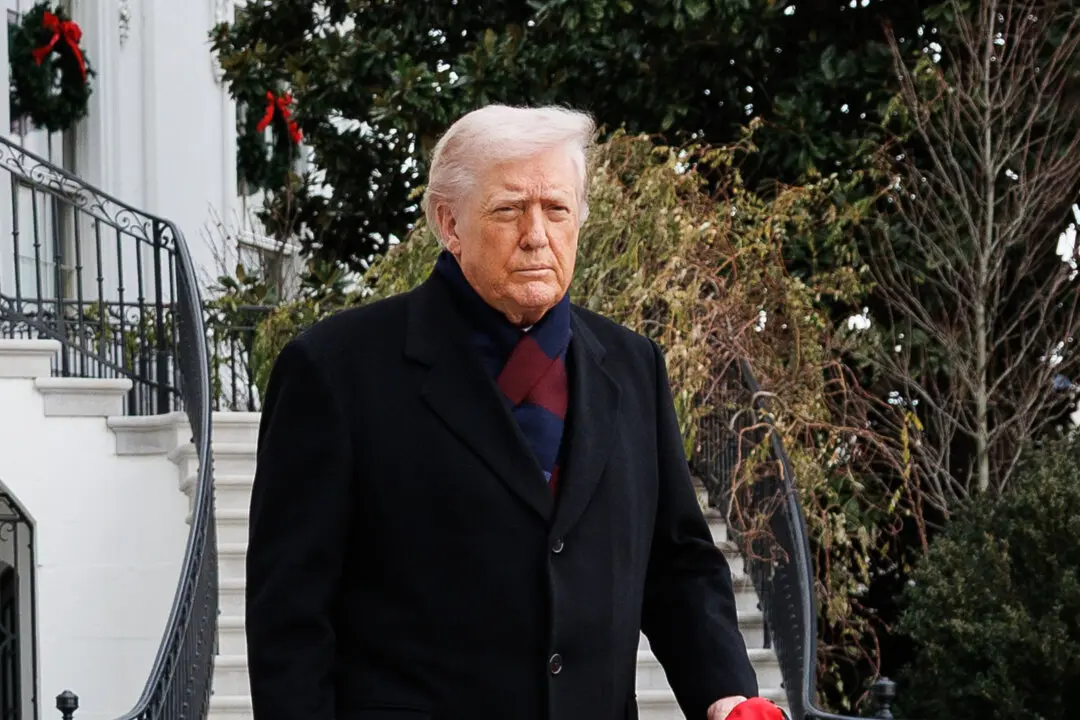A New York judge has declined to compel state election officials to explicitly mention the word “abortion” in the description of a proposed constitutional amendment aimed at expanding anti-discrimination protections, dealing a setback to Democrats who sought to clarify the measure’s implications for voters ahead of the November election.
In a ruling issued on Aug. 23, Albany County Supreme Court Judge David Weinstein concluded that although the proposed constitutional amendment could affect abortion, it was inappropriate to mandate that the term be included in the ballot’s explanatory text.





